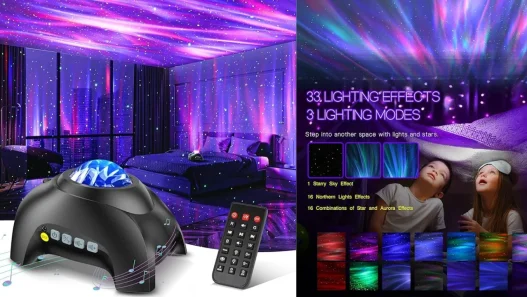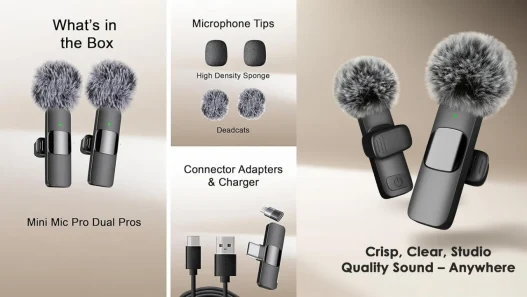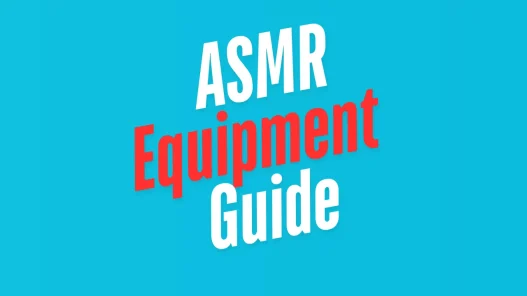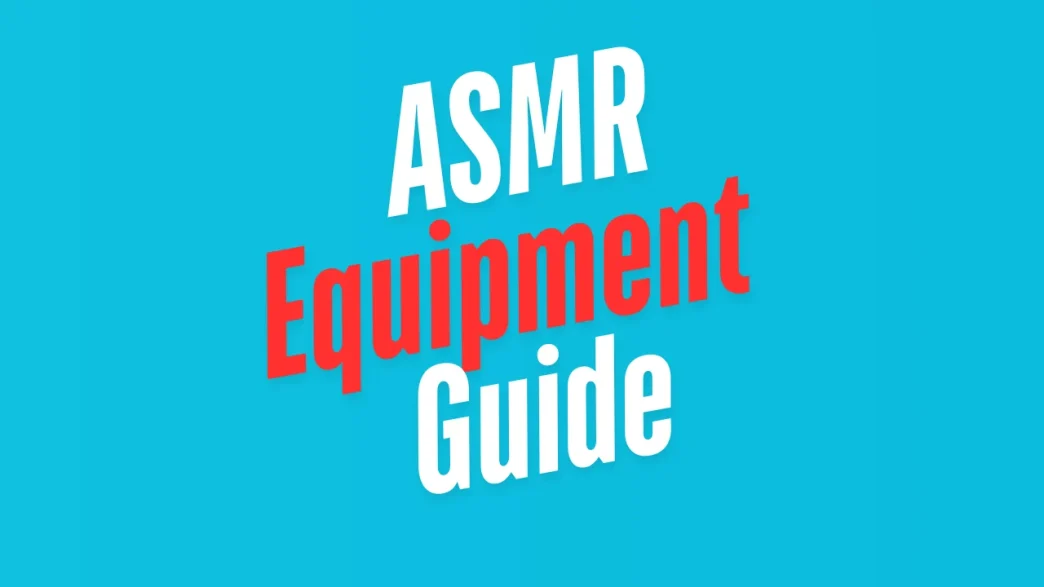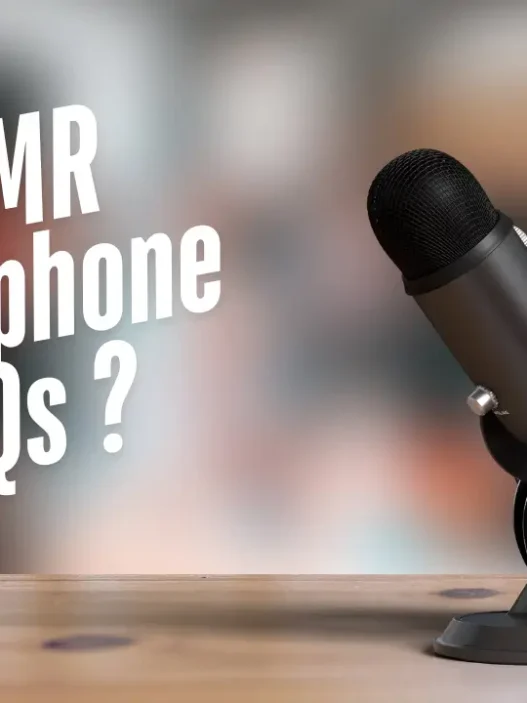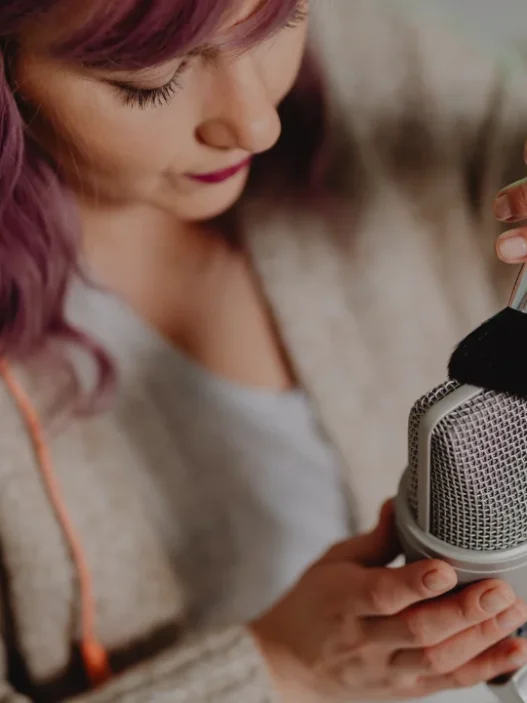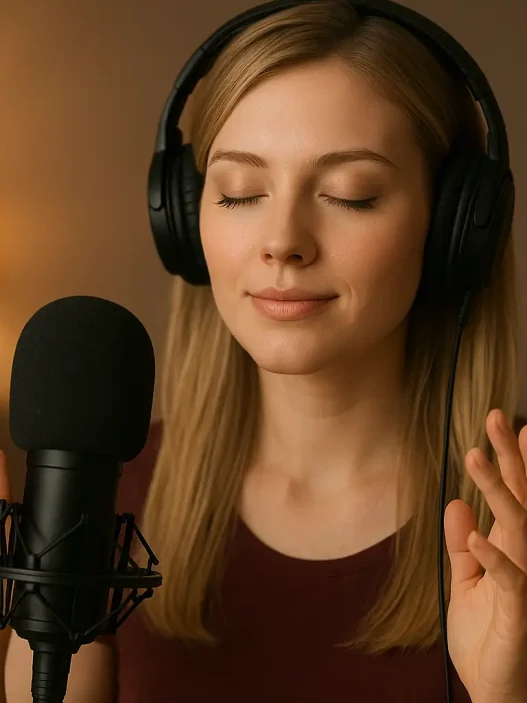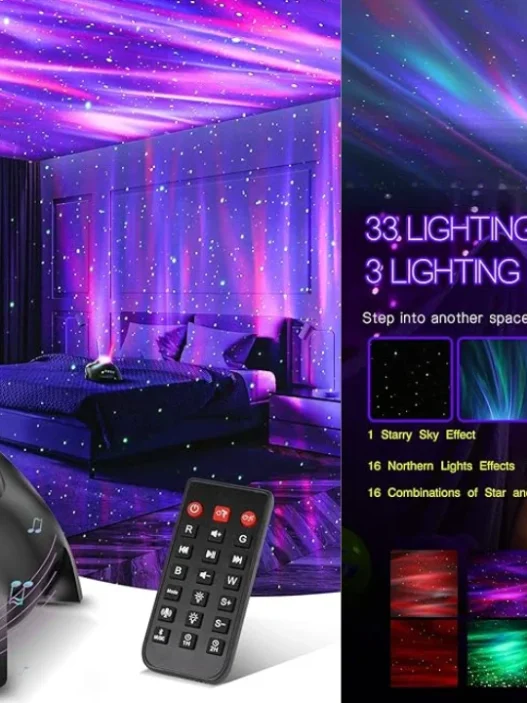Autonomous Sensory Meridian Response (ASMR) has exploded into a global phenomenon, with creators crafting videos designed to relax, soothe, and trigger those coveted brain tingles. But behind every whisper, tap, or crinkle lies a suite of specialized tools. Whether you’re a budding ASMRtist or a curious viewer, this guide breaks down the essential equipment used to create high-quality ASMR content—and how to choose the right gear for your needs.
Why Does ASMR Equipment Matter?
ASMR relies on crisp, immersive audio and visuals to evoke relaxation. The right equipment ensures sounds are captured in rich detail, free from distractions like background noise or distortion. For creators, investing in quality tools can elevate content from amateur to professional, building loyal audiences and standing out in a crowded niche.
1. Microphones: The Heart of ASMR
Microphones are the backbone of ASMR. Different types serve unique purposes:
- Binaural Microphones: These mimic human ears, creating a 3D soundscape (e.g., the 3Dio Free Space). Perfect for role-plays or immersive triggers.
- Condenser Mics: Ultra-sensitive for capturing whispers and subtle sounds (e.g., Blue Yeti or Rode NT1).
- Lavalier Mics: Clip-on mics for hands-free recording during movement-heavy videos.
- USB Mics: Affordable, plug-and-play options like Fifine K670 for beginners.
Pro Tip: Pair your mic with a pop filter to soften plosive sounds (like “p” or “b”) and a shock mount to reduce vibrations.
2. Sound Triggers and Accessories
ASMR thrives on variety. Creators use tactile tools to produce satisfying sounds:
- Brushes: Makeup brushes, silicone scalp massagers, or paintbrushes for gentle scratching.
- Tapping Tools: Acrylic nails, wooden sticks, or textured surfaces (e.g., glass, metal).
- Crinkle Items: Cellophane, plastic bags, or foil for crispy, crinkly noises.
- Fabrics: Microfiber cloths, velvet, or silk for soft rustling.
Budget Hack: Raid your home! Hairbrushes, spoons, or even crumpled paper can work wonders.
3. Recording Setup and Ambiance
- Acoustic Panels: Reduce echo and background noise in your recording space.
- Ring Lights or Soft LEDs: Gentle lighting sets a calming mood (e.g., Neewer Ring Light).
- Camera: A DSLR like Canon EOS M50 for visual ASMR, or a smartphone with a high-resolution camera.
- Backdrops: Neutral colors or cozy textures (think faux fur or linen) to keep focus on the triggers.
4. Software and Editing Tools
- Audio Editing: Audacity (free) or Adobe Audition for noise reduction and enhancing clarity.
- Video Editing: DaVinci Resolve (free) or Premiere Pro for syncing audio with visuals.
- ASMR-specific Apps: Try Krisp for background noise cancellation or Voicemeeter for audio mixing.
Advanced Gear for ASMR Professionals
- 3D Sound Recorders: Devices like Sennheiser AMBEO VR Mic for hyper-realistic spatial audio.
- MIDI Controllers: Adjust sound effects in real-time during live streams.
- Trigger Kits: Pre-packaged sets with curated tools (e.g., Tingle Supply Co.).
Budget-Friendly ASMR Equipment Tips
You don’t need to break the bank to start creating:
- Use smartphone mics or affordable USB mics.
- DIY acoustic treatment with blankets and pillows.
- Repurpose household items (e.g., tapping on a ceramic mug).
Common Mistakes to Avoid
- Ignoring Background Noise: Record in a quiet space or use noise gates in editing.
- Overcomplicating Triggers: Sometimes simplicity (like a whisper) resonates most.
- Skipping Testing: Always do a test recording to check audio levels and clarity.
What Do Top ASMRtists Use?
- Gibi ASMR: Relies on binaural mics and custom trigger boards.
- Gentle Whispering: Uses Rode NT1 and layered soundscapes.
- ASMR Darling: Combines visual role-plays with Zoom H6 portable recorders.
FAQs About ASMR Equipment
Q: Can I start ASMR with just my phone?
A: Absolutely! Many creators begin with smartphone audio and upgrade over time.
Q: Do I need a camera for ASMR?
A: Only if you’re doing visual role-plays. Pure audio ASMR (e.g., podcasts) works too!
Q: What’s the most important piece of equipment?
A: A good microphone. Clear audio is non-negotiable in ASMR.
The Future of ASMR Tech
Innovations like AI-generated sounds, haptic feedback devices (for physical tingles), and VR integration are pushing the boundaries of ASMR experiences.
Build Your Toolkit Gradually
Creating ASMR is an art, and your equipment is your palette. Start small, experiment with sounds, and upgrade as you grow. Remember, authenticity and creativity matter more than expensive gear. Whether you’re tapping on a mason jar or whispering into a studio mic, the goal is the same: to relax, tingle, and connect.





